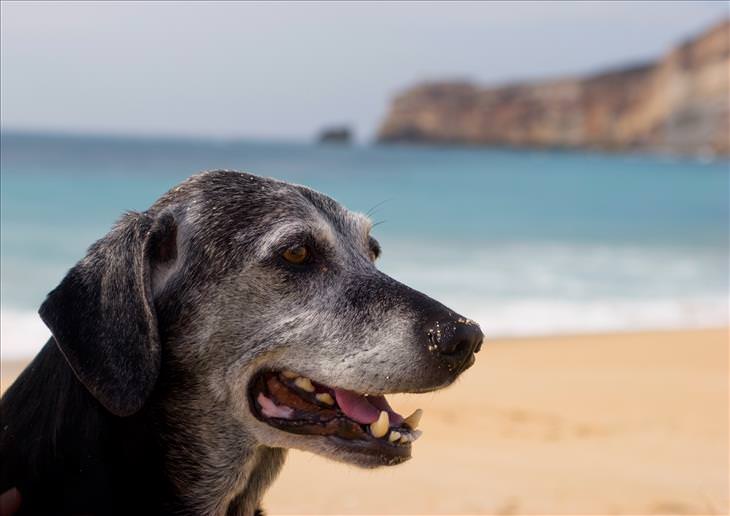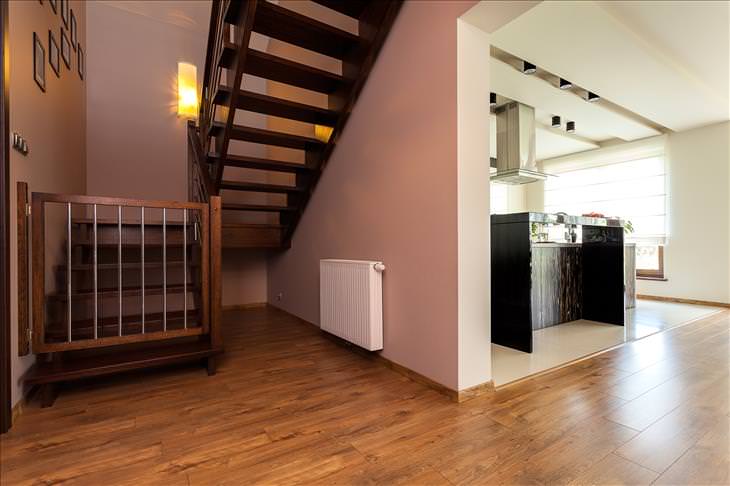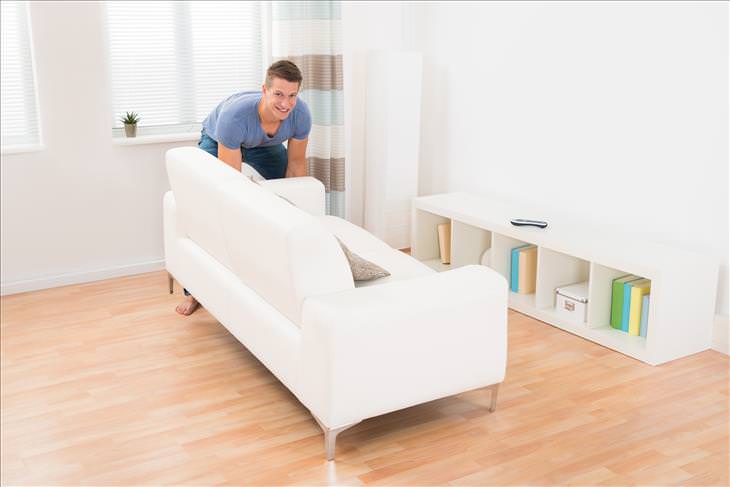
Any pet owner knows how fast a new puppy becomes a beloved furry family member and that a dog’s life passes far too quickly. A dog’s lifespan depends on a number of factors. So does the age at which they’re considered to be a senior.
According to the American Veterinary Medical Association, small dogs are considered to be old at the age of seven, while larger breeds are considered old at approximately six years of age. Senior dogs require special care and attention. Just like with us humans, your old canine friend can develop a number of health issues with age, such as heart disease, cancer, urinary tract infections, liver disease, diabetes, senility, and bone disease.

Such health issues can cause dogs to become weak and prone to injuries and falls. Even a small fall or injury at the age can make it difficult for your beloved pet to enjoy a healthy life in their golden years.
Therefore, as a responsible pet owner, you’ll want to be prepared to give your senior dog more care, love, and attention. You can help protect older dogs from injuries by keeping an eye on them, feeding them a proper diet and, in some cases, making small adjustments to your home and nearby environment.
Below are some tips to protect older dogs from potentially serious injuries.
1. Make the Floors Safe
Older dogs can get injured by slipping and falling on smooth flooring. Such injuries can range from mild bruises to serious issues that might require surgery to fix. Therefore, it becomes very important to make the floors in your home safe for your elderly companion to walk around without slipping or falling.
Laminate, tile and hardwood floors might look good, but these smooth and hard surfaces are not safe for your elderly friend. To ensure that your old dog can walk around easily and safely, use rugs with no-skid backing or carpets.

If your dog loves to roam around the house but struggles when using the stairs, there really is no other option than to block your dog’s access to them.
Taking the stairs can be risky for senior dogs as they could accidentally fall down them. If your dog suffers from arthritis that flares up, climbing the stairs could also be really painful. Furthermore, if your dog has seizures, they could take a tumble on the stairs, which could prove to be fatal.
You can block your dog’s access by placing a baby gate in front of the stairs. Also, try to keep all windows and doors closed to prevent your dog from going on a stroll unattended.
3. Use Ramps
Old dogs might suffer from arthritis and other joint issues that can cause a lot of pain. Pain can make it really difficult for your dog to get around and play like they used to when they were younger. Even everyday movements such as jumping onto the bed or into the car can become painful as your dog ages.
Ramps can help your old dog get safely to places where they are used to resting. For example, ramps can make it easier for your senior dog to climb up onto furniture or your bed. They can also make it easier for your pet to get into and out of your car.
Be sure to use ramps that have a non-skid surface, and support your dog until they are comfortable using the ramps.

Even though your motive might be to protect your elderly friend from injury, it’s actually not advisable to rearrange your furniture.
Your pet has gotten used to the setting of your home and changing the furniture about could cause your dog to get disoriented. For example, moving the sofa to a new location could cause your dog to start bumping into it, possibly causing injury.
Furthermore, older dogs often have poor eyesight, and keeping their path clear or familiar can help to prevent them from bumping into things.
5. Follow the Same Routine
When it comes to taking care of senior dogs, keeping the same daily routine can be extremely helpful. With age, your dog’s brain functioning will decrease due to a buildup of a protein called amyloid. As a result, your dog might have a hard time adjusting to changes.
By following the same routines, you’ll ensure that your pet is comfortable and secure in their surroundings as they will not have to try and learn new things.
For example, when going on your daily walk, follow the same route each time. This way, there’s less chance of your dog getting disoriented and distressed when outside.

Whether your senior dog is inside or outside, you need to monitor their movements closely. A disoriented older dog can easily get confused about where they are and this can be really bad for your dog’s safety. For instance, if your pet is outside and cannot remember how to get back inside, they will get extremely distressed.
Even when indoors, it’s vital to keep an eye on your pet’s movements. Getting stuck behind a door could also be extremely distressing for your dog.
7. Change the Bed
Older dogs need softer beds. Some good bedding will help them to sleep better and might even provide relief from pain. Remember, sleep is very important for an aging pet. Furthermore, a soft bed will reduce the risk of developing pressure sores.
Provide soft towels and blankets for your senior dog’s bed. Furthermore, the foam of the bedding should be dense to help cushion your dog’s aging joints. If required, opt for orthopedic beds that are specially designed for aging dogs.
Source: top10homeremedies
Images: depositphotos